This past spring, I went on a family history vacation to Virginia's historic triangle, Williamsburg, Yorktown and Jamestown.
My first stop was Yorktown. At the Victory Center and Museum, there are interpretive, static displays inside as well as a living display outside. The living display is a Continental Army encampment, a window into the life of my ancestor John Sale.
After writing a draft and going back to the family history notes I have from several different family members and then cross checking online. I was getting three different stories. So...
What I do know, John Sale was in the Continental Army. He did not participate in the Battle at Yorktown as one set of papers indicated but was in charge of the Prisoner of War Camp in Ablemar, Virginia. Some material indicates that he may have lost a leg.
The camps he may have lived in while serving in the Army may have looked like the camp depicted below in Yorktown.
The re-enactor below is dressed in the uniform of a Private.
The living quarters of enlisted soldiers in the revolution consisted of canvas tents with straw floors. Straw is a great insulator, so if you were lucky in the winter months to get a lot of straw from a local farmer, you could keep relatively warm and dry in your tent.
Officer's quarters were a little better in the camp, bigger tents, anyway with cots.
The tent below depicts General Washington's tent. Not only were these living quarters but they were where "business was conducted" Washington's tent included a large map table off to the side.
I was quite interested in the cooking pit. According to the interpreter, this was always built away from the tents in order to prevent fires. They had a huge circle dug into the ground with "cooking holes" carved into the side of the inner island. A fire would be built in the hole in the side and smoke and heat would rise through the hole at the top. They would place the pots and pans on top of the "exhaust" hole because heat rises and would cook the items in the pots and pans.
He demonstrated how to start a fire using flint, a piece of charred fabric and dried grass. I am so thankful we don't have to demonstrate anything like this at the Marine Corps Museum!
Inside the Yorktown Center, they had a display of what a typical soldier would be carrying. One thing I learned this year was regarding the 'wigs' they wore. Everyone wore a wig so all hair was uniform but it was also hygienic. Since bathing was practically an optional thing back then, the wigs could be washed in a river or any available water - - so their "hair" would be clean.

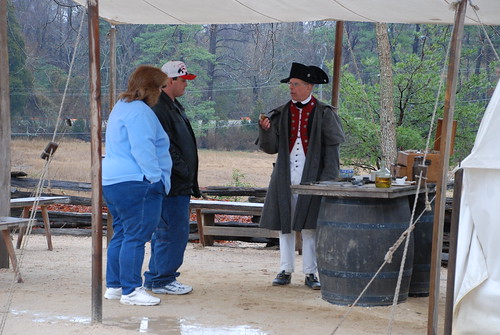
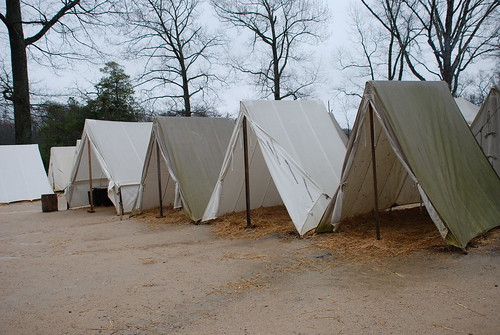

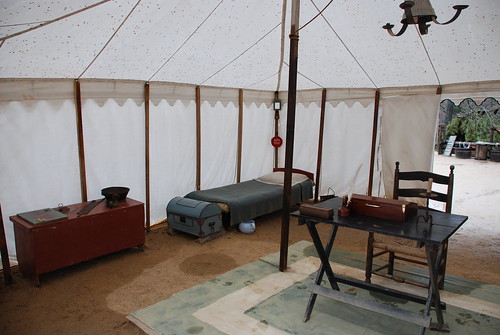
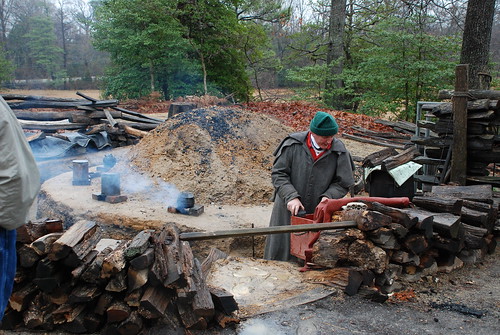
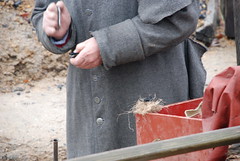
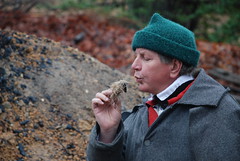
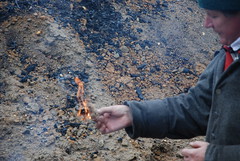








No comments:
Post a Comment